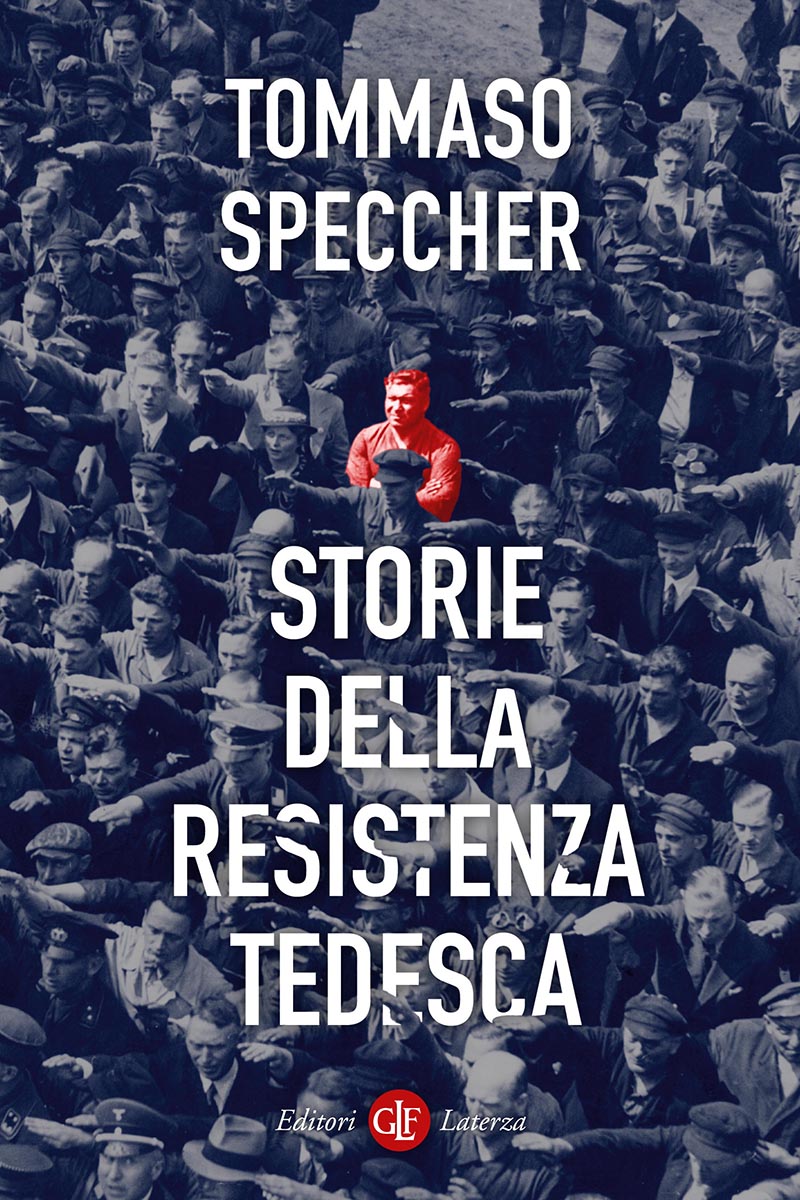
Pages: 216
Series: IR/L
ISBN: 9788858157145
Stories of the German Resistance
It’s easy to assume that Nazism had widespread support in Germany and that resistance was rare and isolated. Yet, beneath the surface lies a complex web of untold stories that deserve to be uncovered.
The history of the anti-Nazi struggle in Germany is still marked today by the instrumental and selective use of this memory, which was shaped for forty years by the two Germanies. In the West, for many years, the only resistance widely acknowledged was the failed assassination attempt on Hitler, associated with the figure of von Stauffenberg. While the memory of Sophie Scholl was preserved in Germany from the 1950s, it was only in the 1980s that the White Rose was widely revisited in public discourse, with the aim of shedding light on a youth-driven and ‘ethical’ resistance, somewhat politically neutral. On the other hand, the memory of the Rote Kapelle group is also emblematic. This widespread network of intellectuals, students, and artists was immediately celebrated as communist resistants and thus heroes only in East Germany, but was – for the same reason – systematically marginalized and disparaged as traitors in Western public discourse. The recovery of resistance memory has, therefore, for decades been at the mercy of the political interests of the time, caught in a vortex of instrumentalization and misappropriation, particularly in the use of the most acceptable and ‘convenient’ memories. It was only after the reunification in 1989 that the memory of resistance found historiographical consistency in categories such as ‘military’, ‘political’, ‘gendered’, ‘Jewish’, ‘confessional’, ‘generational’, and later, ‘tyrannicide’ resistance.


